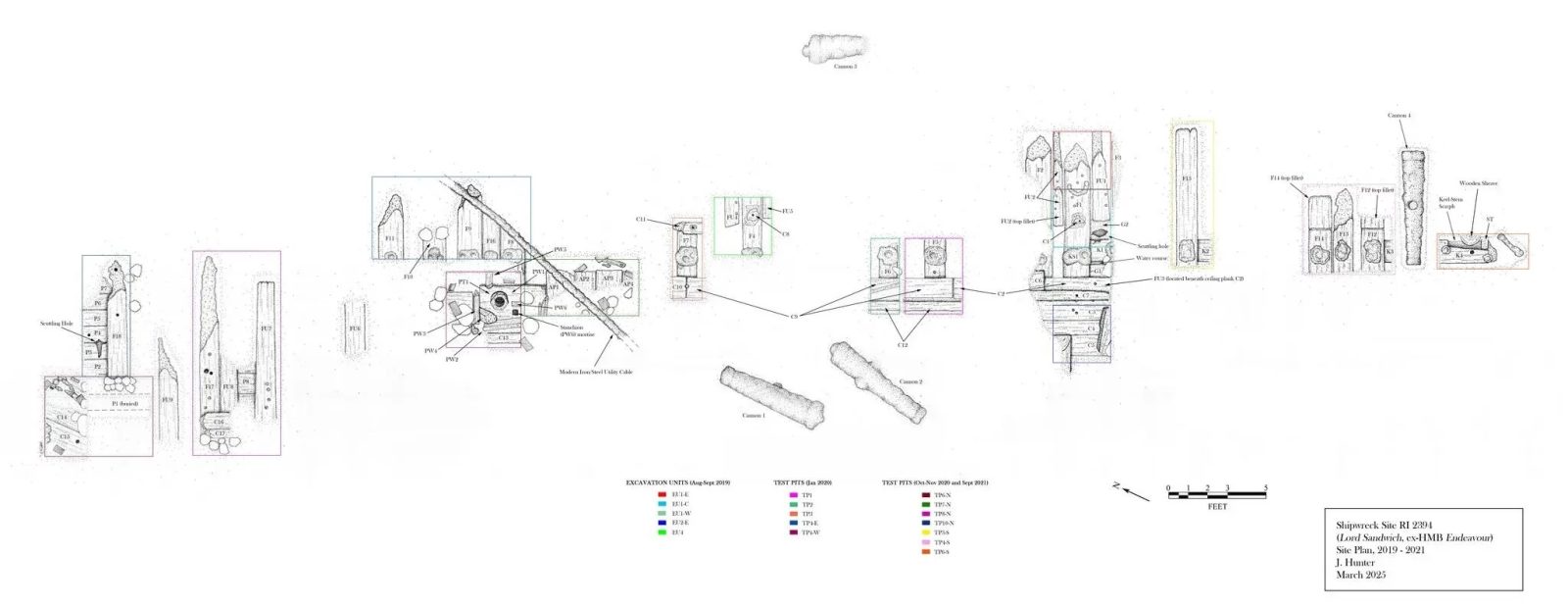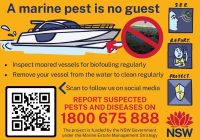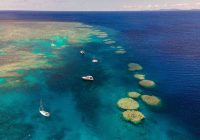The Australian National Maritime Museum has released its final report, Locating HM Bark Endeavour, concluding a decades-long effort to determine the fate and final resting place of one of the most significant vessels in maritime history. This comprehensive document details the archival research, archaeological work, and international collaboration that has led to the confirmed identification of shipwreck site RI 2394, located in Newport Harbor, Rhode Island, USA, as the remains of the British troop transport Lord Sandwich, formerly His Majesty’s Bark Endeavour.

Endeavour holds a complex place in Australia’s maritime and cultural memory. For some, the ship’s Pacific voyage between 1768 and 1771 under the command of James Cook represents a heroic chapter of Enlightenment science and navigation. For others, it marks the beginning of European colonisation and the enduring dispossession of First Nations peoples. While the vessel’s role in Australian history is well known, its later use as a prison ship during the American War of Independence is less understood.
Following its return to England in 1771, Endeavour was repurposed as a naval transport and eventually sold into private hands. Renamed Lord Sandwich, the ship was employed to carry British troops to the American colonies. By 1778, the vessel was in poor condition and was being used to house American prisoners of war in Newport Harbor. When American and French forces laid siege to the town, the British command scuttled thirteen vessels in the harbour, including Lord Sandwich, to form a submerged blockade. Unlike other vessels that were later salvaged, Lord Sandwich remained beneath the water where it was sunk.
In 1998, Australian historians Mike Connell and Des Liddy published research identifying Endeavour’s ultimate fate. Their archival work revealed the vessel’s renaming and sinking in Rhode Island. Building upon these findings, Dr Kathy Abbass of the Rhode Island Marine Archaeology Project (RIMAP) worked to identify the location of the scuttled ships. In 1999, the state of Rhode Island asserted legal ownership of all thirteen wrecks in Newport Harbor, a claim upheld by the US Federal District Court. This decision placed responsibility for protecting and licensing archaeological work on these sites with the Rhode Island Historical Preservation and Heritage Commission (RIHPHC).
The Australian National Maritime Museum commenced its collaboration with RIMAP in 1999. Together they launched a series of expeditions in 1999, 2000, 2001, 2002, and 2004, deploying remote sensing technologies, diver surveys, and laboratory analysis of samples of timber, coal, stone ballast, and sediment from 18th-century shipwreck sites in the harbour. Despite these efforts, none of the early sites examined could be conclusively identified as Lord Sandwich.
In 2015, the partnership resumed with renewed focus. A breakthrough came in 2016 when Dr Nigel Erskine of the ANMM uncovered critical archival documents that narrowed the probable location of Lord Sandwich to a specific area just north of Goat Island in Newport Harbor. This Limited Study Area (LSA) included five of the original thirteen transports sunk in 1778, with Lord Sandwich known to be the largest among them.

Between 2017 and 2021, researchers conducted systematic surveys of five wreck sites in the LSA: RI 2396, RI 2397, RI 2578, RI 2393, and RI 2394. Of these, the two largest—RI 2578 and RI 2394—emerged as the most likely candidates for Lord Sandwich. RI 2578 revealed a stone ballast pile mixed with iron kentledge and eroded ship’s timbers. A small cannon and an iron anchor were also present, but the dimensions and features did not match what is known of Endeavour’s construction.
By contrast, RI 2394 exhibited characteristics much more consistent with Lord Sandwich. The site, measuring 18.2 metres long by 7.3 metres wide, includes a linear stone ballast pile, a line of exposed timber frames (or ribs) on its eastern side, and four iron cannons. A lead scupper and other diagnostic elements further strengthened its candidacy. RIHPHC permits granted between 2019 and 2021 allowed for deeper excavation, which exposed significant structural features of the ship’s hull including the bilge pump well, the keel and keelson, and eventually, in 2021, the bow assembly.
The analysis of the site’s timbers proved particularly compelling. The size and layout of key structural components—referred to as ‘scantlings’—matched those documented during the Royal Navy’s 1768 survey of Endeavour. While some had hoped to find evidence of tropical woods that might have been used during repairs in Australia or Indonesia, the timbers sampled in 2021 were of European origin. This aligns with records that indicate Endeavour underwent significant repairs in 1776, after its sale out of naval service and shortly before it was sent to America. The repaired bow, constructed from European timbers, fits with this timeline and supports the vessel’s later identity as Lord Sandwich.
In addition to the physical materials, researchers noted construction features unique to Endeavour, such as the use of paired and tripled floor timbers positioned precisely where the ship’s main and fore masts would have stood. A particularly rare joint—a scarph connecting the stempost to the forward end of the keel—was also observed on RI 2394, matching details specific to Endeavour’s original build.
In both 1999 and 2019, RIMAP and the ANMM established a set of criteria that would be used to determine the wreck’s identity. These criteria, based on a “preponderance of evidence” approach, combined historical documentation, structural analysis, material identification, and archaeological context. With the publication of this final report, the ANMM has declared that enough of these criteria have now been met to positively identify RI 2394 as the wreck of Lord Sandwich, formerly His Majesty’s Bark Endeavour.
Given the vessel’s historical and cultural importance to Australia, New Zealand, the United Kingdom, the United States, and Indigenous peoples throughout the Pacific, the ANMM emphasises the need for the highest level of legislative and physical protection of the site. The discovery brings closure to a long-standing historical mystery and marks a significant moment in international maritime heritage.
The identification of RI 2394 not only confirms the final resting place of Endeavour, but also invites broader reflection on the complex legacies of exploration, science, colonisation, and conflict that the ship represents. More than 250 years after it first set sail from England, Endeavour continues to shape conversations about history, identity, and the maritime world. With this confirmation, a tangible piece of that history has been brought back into view.
To download the full report – click hereInformation Source & Images : Australian National Maritime Museum








